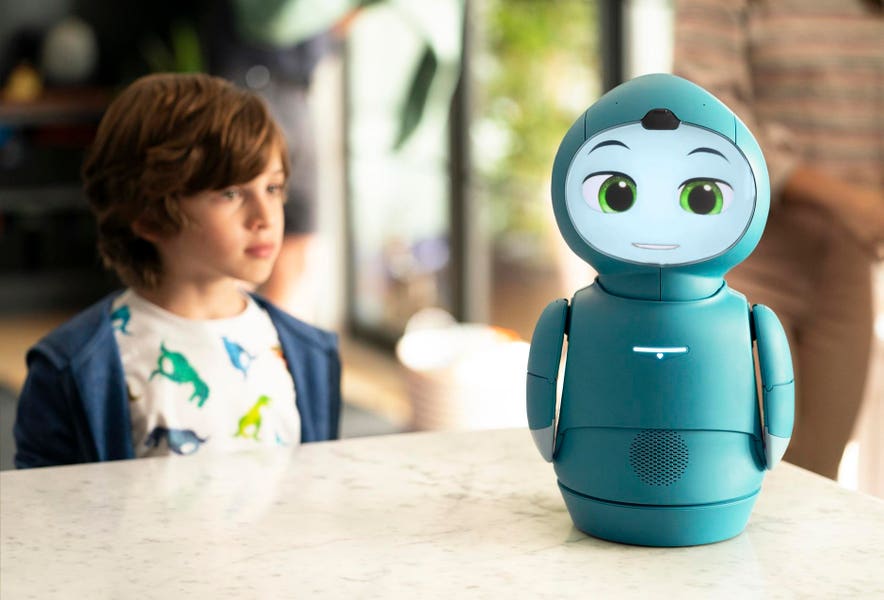When initially engaging with Moxie, the AI-powered robot might display a large yawn, extending its robotic arms in the process. This action is not indicative of boredom but rather mimics the behavior of young children when roused from sleep. This yawn is just one element of Embodied, Inc.’s efforts to imbue Moxie with lifelike qualities, positioning it as a companion for children.
Moxie epitomizes a longstanding passion project for Paolo Pirjanian, PhD, the CEO and Founder of Embodied, aiming to create a robot with emotional intelligence capable of interacting with and educating children aged five to ten. While Pirjanian had previously designed robots for space missions, his focus shifted in 2016 when he established Embodied to address the challenges of childhood social anxiety and loneliness.
Within half a year of its inception, Embodied had a functional robot prototype ready for deployment, leading to the development of Moxie. By 2021, Moxie underwent testing with children on the autism spectrum, prompting ongoing enhancements to cater to a broader spectrum of children’s emotional, social, physical, and educational needs.
Moxie’s interactions transcend mere yawning; leveraging AI technology, the robot engages users in conversations designed to enhance problem-solving skills, critical thinking, creativity, emotional intelligence, and physical activity. Despite sporting a spacesuit more suited for extraterrestrial environments, Moxie exhibits characteristics that blur the line between machine and sentient being, driven by Embodied’s SocialX Conversational AI integrated with advanced language models and noise-resilient automatic speech recognition.
Beyond passive listening, Moxie actively responds to queries, maintaining eye contact more effectively than many humans. Through gestures like arm movements, eyebrow raises, and varied facial expressions (sans nose), Moxie not only comprehends spoken words but also interprets facial cues and vocal tones, offering a sense of acknowledgment and understanding.
Moreover, the latest Moxie iteration retains past conversations, alleviating the need for repetitive information recall and fostering continuity in interactions. From inquiring about well-being to employing therapeutic techniques like cognitive behavioral therapy (CBT), Moxie covers a range of educational and emotional support areas, motivating children to explore and excel academically.
While injecting humor into conversations, Moxie’s jokes cater to age-appropriate sensibilities, maintaining a lively and engaging dialogue. However, it’s essential to note that Moxie complements rather than substitutes parental guidance, amplifying parental intentions and fostering social and emotional growth in children.
Creating a robot like Moxie entails navigating intricate considerations, such as building trust with children by respecting their privacy and fostering a non-judgmental environment. In instances where a child expresses harmful intentions, Moxie offers positive reinforcement and encourages seeking help without breaching confidentiality, preserving the child’s trust.
Addressing nuanced or controversial topics, Moxie employs sophisticated safety filters to steer conversations away from sensitive areas, ensuring age-appropriate dialogues. Users can discreetly halt Moxie’s auditory input by saying, “Moxie, earmuffs,” safeguarding privacy during sensitive discussions.
Embodied’s recent Moxie update introduces lifelike enhancements like customizable eye and skin colors, enabling interactions with multiple children and offering a mobile app for extended engagement outside physical proximity.
As Embodied continues to refine Moxie based on user feedback, the aim is to enhance the robot’s intelligence and empathy, striving towards a blend of “The brain of Albert Einstein along with the heart of Mother Theresa,” as articulated by Pirjanian. This ongoing evolution promises a future for Moxie that is anything but mundane.










